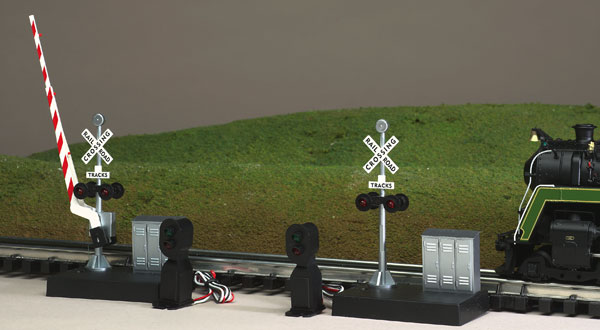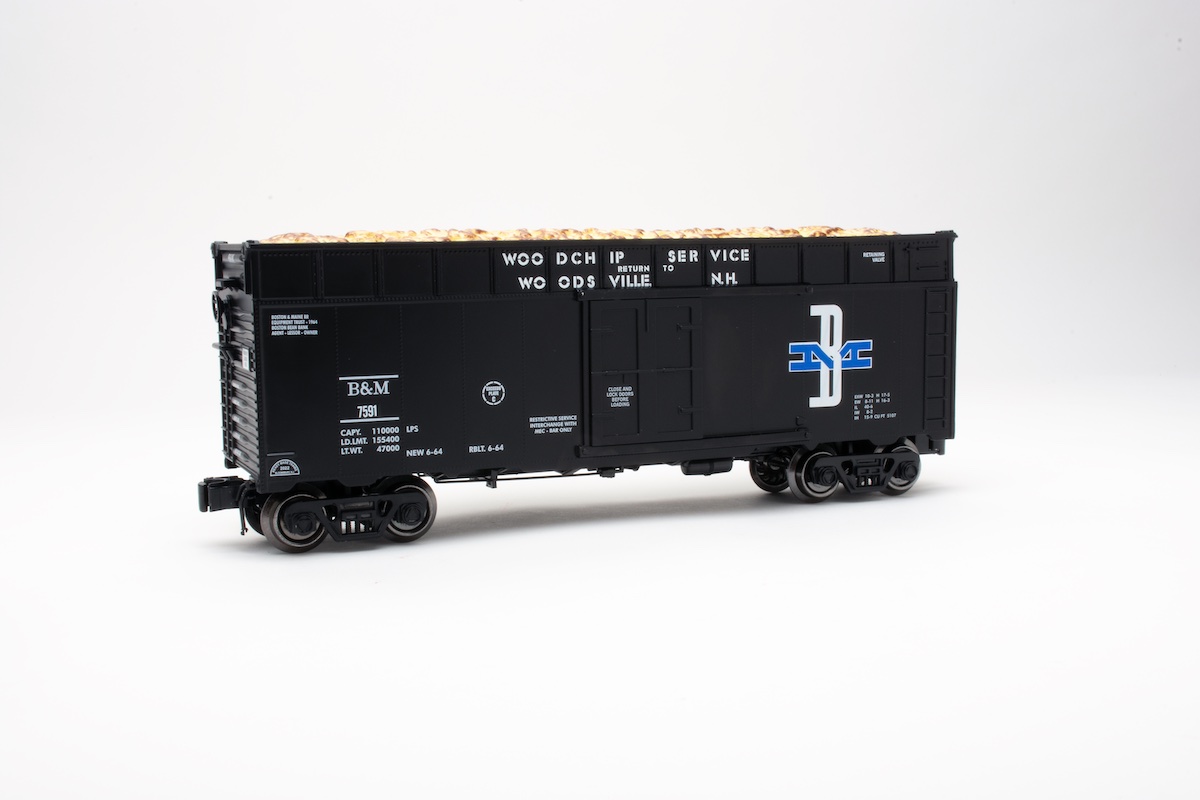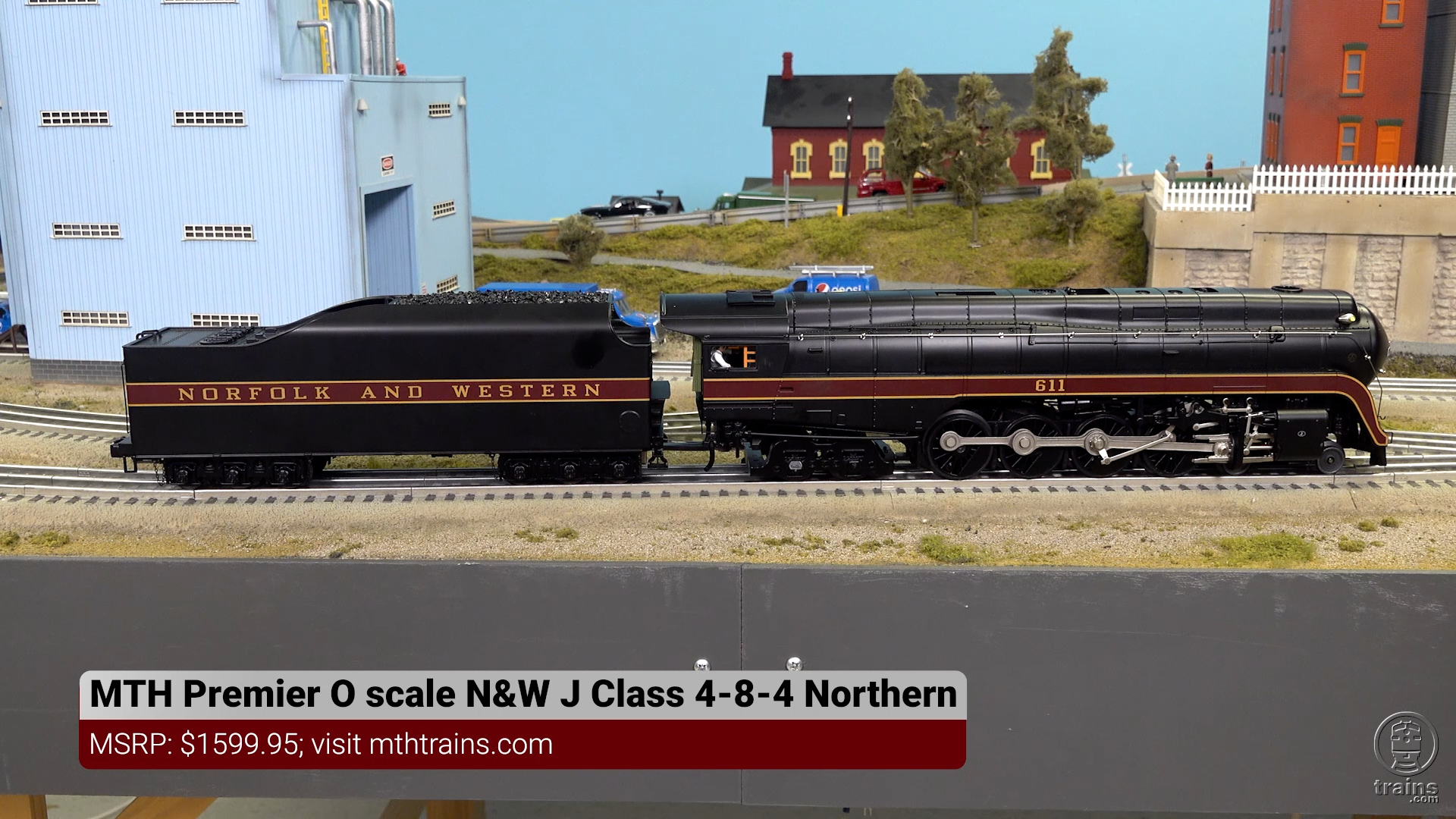Z-Stuff’s operating highway crossing sets come in two styles: blinking signals with gates or blinking signals without gates. Both also play the sound of a ringing warning bell. The sets are comprised of two parts: highway crossing signals with or without gates and a pair of dwarf signals to activate the crossing signals. All are activated by a train interrupting a light beam. The components themselves must be wired together and require a 12-14 volt AC power source.
The signals are 16 scale feet tall and gates are 23 scale feet long, both dimensions appropriate for use on a 1:48 scale layout. The signals and gates are made of plastic with molded details. The signal lights are red LEDs and a miniaturized motor tugs and releases a wire attached to the spring-loaded gates. The signals and gates are surface mounted, there are no control arms or motors to install from below. The gate speed can be adjusted (out of the box they move like jackrabbits).
The black plastic dwarf signals are 9 scale feet tall, large for O scale, but the dwarf signal cases also include an infrared beam and sensor.
Here’s how the sets work.
In basic terms, the dwarf signal says “here comes a train, turn on the flashers or lower the gates.” The flashers or gates themselves say “the train is right in front of us, keep the flashers on and the gates down until the train has passed.”
More specifically, the two dwarf signals (Z-Stuff calls them Block Signal Detectors) are placed one before the highway crossing and the second after the crossing.
As a train approaches it passes the first dwarf signal. The dwarf signal continuously emits an infrared beam across the tracks, and the passing train breaks that beam and causes the beam to reflect back onto a sensor on the dwarf signal. This causes the dwarf signal light (actually an LED), which had been green, to turn red for about 5 seconds. It also causes the highway crossing signals further ahead of the train to alternately flash and the gates to drop for about 5 seconds, but no more than that.
During those 5 seconds the still-moving train has now reached the actual highway crossing. The locomotive encounters another infrared beam, this one crossing the tracks diagonally between the bases of the crossing signals (one signal sends the beam, the other receives it). The train breaks this beam as well, and that causes the signals to remain flashing and the gates to remain down continuously until the caboose clears the crossing and the beam is restored.
But before the caboose has cleared the crossing, the locomotive now passes the second dwarf signal. Although this dwarf signal also activates the highway crossing, its effect again only lasts 5 seconds, then it turns off. As long it takes more than those 5 seconds for the caboose to clear the highway crossing, the overall effect is that the flashers stop and the gates rise immediately after the caboose clears the crossing, just like on a real-life crossing.
The Z-Stuff sets work bi-directionally. Running both north or south, the flashers turn in advance of the arriving train but turn off immediately after the last car in the train has cleared the highway crossing.
The dwarf signals and the crossing signals or gates have a number of wires – three per dwarf signal and five from one side of the crossing signal or gate and six from the other. All, however, are color-coded and the Z-Stuff instruction manual provides clear diagrams.
That’s the basic set-up. There is no track cutting to create insulated center or outside rails as triggering devices, and there is no running to Radio Shack or getting on the phone to a toy train electronics specialist to buy additional components.
The only limitation is that the crossing signals must be no more than 14 inches away from each other and must be positioned diagonally to allow the infrared beam and sensor mounted to the bases to align properly.
The signals also have an audio component. A warning bell turns on the signals are activated, but the sound is tinny (It reminds me of the bell sounds of the Lionel wristwatch that was marketed a few years ago).
The 1-inch warning bell speakers are in the silver electrical cabinets next to the signals, but Z-Stuff provides extra wires for an external speaker.
You also can turn off the bell sound, or, on the crossing gate set, set the bell sound to ring only when the gates are actually in motion (ours came packaged that way). Any bell changes, however, involve changing jumper connections on the circuit board inside the base of the bell-equipped signal.
I found only one loophole during testing. The length of the train must be equal or greater than the distance between the highway crossing and the dwarf signals.
Otherwise, the second dwarf signal restarts the crossing flashers after the end of the train has cleared the crossing and the flashers have turn off.
The instruction manual is pretty handy and includes wiring diagrams for three other applications: a single-direction double-track crossing, a bi-direction double-track crossing (two additional dwarf signals must be purchased separately), and a single-track crossing using an insulated outside rail in addition to the dwarf signal.
The dwarf signals alone are versatile accessories. They can be used to activate relays or other accessories that depend on the passage of a train, or the can be used alone as red-green signal lights, requiring only a power and ground wire for hookup.
The Z-Stuff for Trains crossing sets made a big impression on the CTT staff. Big enough that I’ll let you in on secret: the crossing signal set made our list of the best toy train products for under $100. The list will be in July’s issue, so be sure to get a copy.














